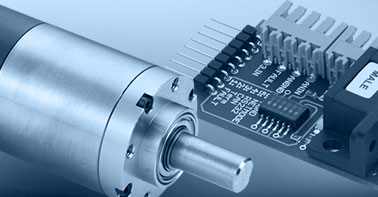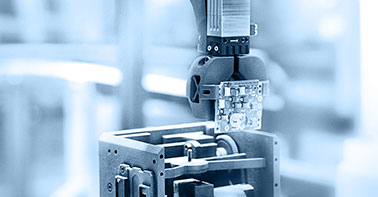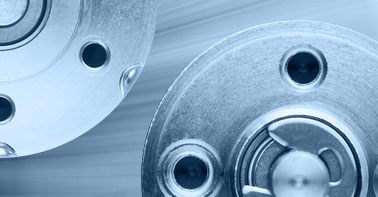- info@ems-ltd.com
- 0118 9817391
Home > Products > Small DC motors > Stepper Motors
Miniature stepper motors from EMS
What is a stepper motor?
A stepper motor is a type of brushless DC motor that doesn’t require closed loop control to make repeatable motion. Instead of rotating continuously like a conventional brushless DC motor, stepper motors move in small, precise amounts. These individual fractions of a full rotation are called 'steps', hence the name.
Stepper DC motors feature a fixed stator containing multiple toothed electromagnets. At the centre of these magnets is a toothed central rotor. The driver or micro controller generates a switching electrical current through the magnets. Magnetic forces then attract the teeth on the central gear, causing it to rotate. It’s these small movements of the gear that equate to the precisely defined movements of the motor. And the position of the motor can be retained even when the power is switched off. As a result, it's ideal for battery-powered applications.
These small DC motors are perfect for a wide variety of industries due to their high precision, compact design, speed control and dynamic acceleration. Potential applications range from 3D printers and camera lenses to medical devices and CNC machinery.
Types of stepper motor
EMS supports two main types of stepper motor, including the permanent magnet type and the hybrid.
Permanent magnet motors from FAULHABER
Our permanent magnet motors from FAULHABER consist of a plastic sleeve rotor, containing multiple small permanent magnets. The stator windings are energised alternately in two phases. This alternating attraction and repelling of the magnetic fields between the central rotor magnet and surrounding permanent magnets is what causes the rotor to move by one step.
Hybrid stepper motors explained
This type of motor is a combination of the variable reluctance and permanent magnet motor type, offering high precision. These motors have teeth that are offset on two different ‘cups’ around the magnet rotor which allows a smaller step angle (typically 1.8 degrees) to be achieved.
Microstepping for accuracy
Rather than a full on/off voltage change, microstepping uses an incremental change of the voltage in the windings, typically following a sine waveform. As a result, the motor moves between the phases in even smaller increments, known as substeps or microsteps. This allows for quieter operation with even higher positioning accuracy.
EMS supplies a variety of high quality stepper motors from leading manufacturers FAULHABER and Nidec Advanced Motor (formerly Nidec Servo). These drives are optimised for a high power density, with long service life to guarantee reliability. Accompanying precision gearheads and stepper motor drivers are also available for optimised performance and noise level for your application. Learn more about available motors on our product pages here.
Stepper motor buying guide
What should you consider when looking to specify a stepper motor? One of the key advantages of a stepper motor is that they can often remove the need for additional position feedback electronics, such as encoders. However, for this to be possible, it’s vital that the motor is correctly sized and rated for the application. Other key points to consider include the required step resolution, available space, power supply, speed profile and power supply. Environmental factors such as moisture, dust and temperature range should also need to be considered.
EMS supplies a variety of stepper motors from leading manufacturers around the globe. To discuss your application and for more information, contact one of our experts today for tailored advice on how to select your stepper motor.









